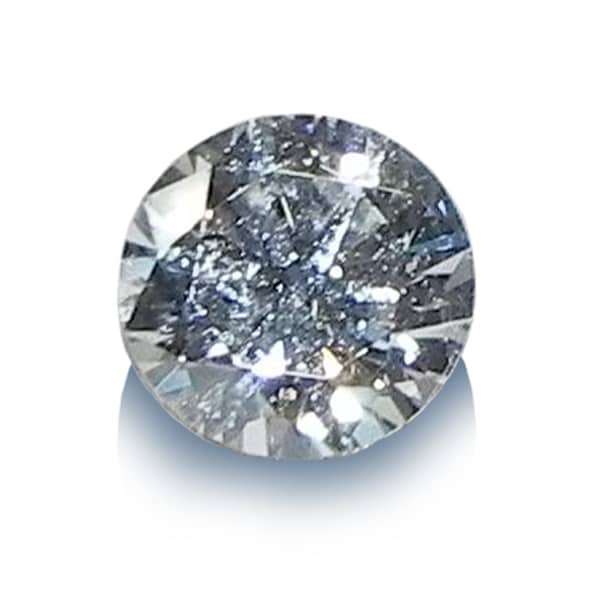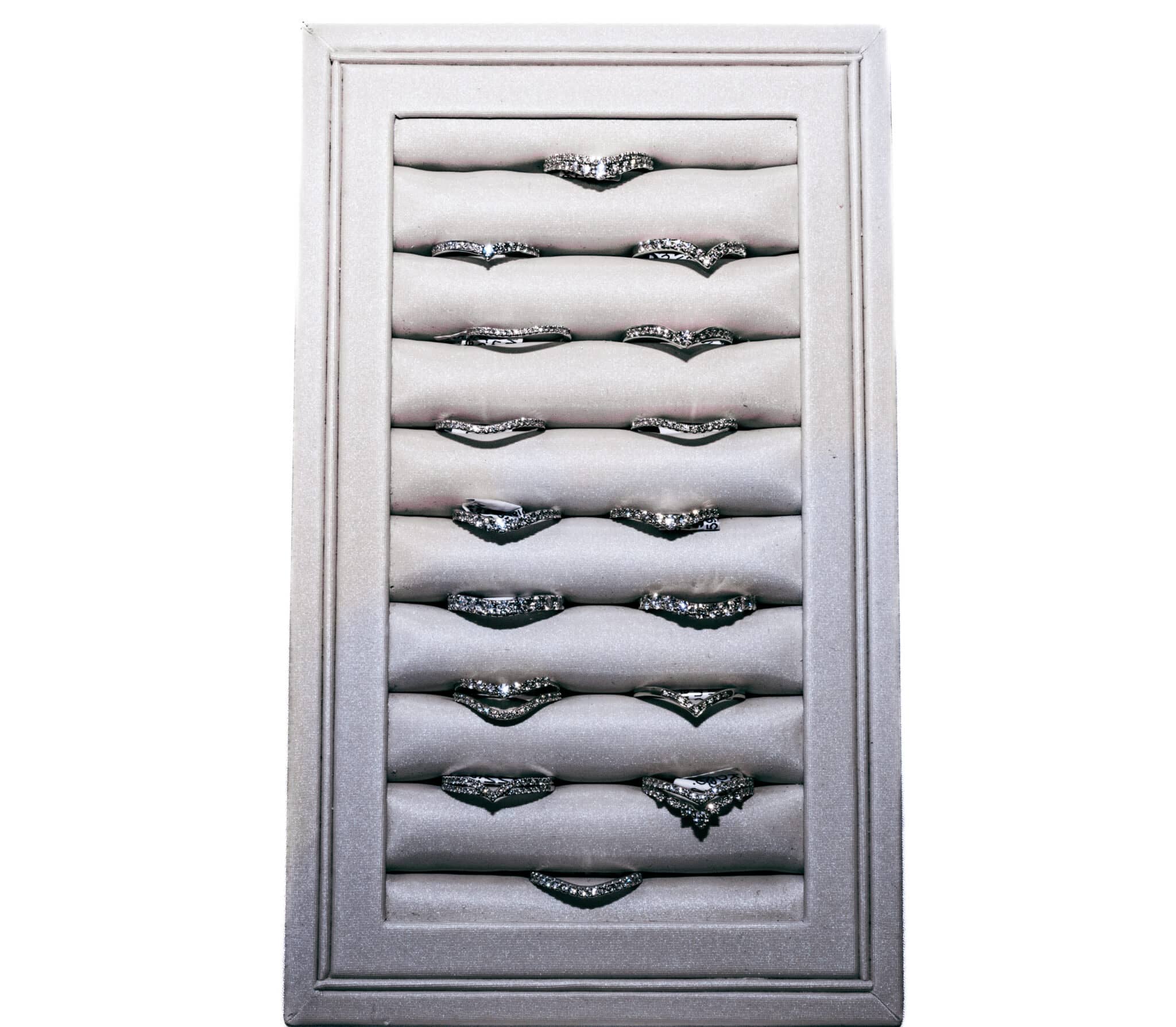The Ultimate Guide to Styles, Materials & Choosing the Perfect Ring
Engagement rings are more than just beautiful jewelry they are symbols of love, commitment, and a promise of a shared future. Whether you’re just starting to shop or refining your search, understanding the different styles, materials, and quality factors will help you find the perfect ring. In this comprehensive guide, we’ll explain popular engagement ring styles (like solitaire vs. halo designs), compare common materials (white gold vs. platinum bands, natural vs. lab-grown diamonds), and provide an in-depth guide on how to choose the right ring for your budget and partner’s taste. By the end, you’ll be equipped with expert knowledge to select an engagement ring that truly symbolizes your unique love story.
Engagement Ring Styles and Settings
When it comes to engagement ring styles, there’s a dazzling variety to choose from. Style refers to the overall design and the presentation of the center stone. From classic simplicity to vintage details, each style has a distinct look and feel. Below, we cover some of the most popular engagement ring styles – solitaire, halo, three-stone, vintage-inspired, and modern designs, explaining what sets each apart and why you might choose one over another. Understanding these styles will help you narrow down which design matches your partner’s personality and preferences.
Engagement Ring Materials: Metals and Diamonds
Choosing the right materials for an engagement ring is just as important as picking the style. The metal of the band will affect the ring’s appearance, durability, and price, while the center stone (typically a diamond) will determine the sparkle and value. Here, we’ll compare popular metals used in engagement rings (such as white gold vs. platinum, as well as yellow and rose gold), and discuss diamond options, including natural versus lab-grown diamonds (and why you might consider one over the other). Understanding these materials will help you make an informed decision that balances beauty, durability, ethics, and budget.
White Gold vs. Platinum & Other Metals
The majority of engagement rings are made from one of the precious metals: typically gold or platinum. White gold and platinum are especially popular for their elegant silvery look. While they appear similar, there are key differences between them:
So which to choose – white gold or platinum?
It often comes down to budget and preference. If you want the prestige and low maintenance of a rare metal (and don’t mind the higher price and heavier feel), platinum is fantastic. If you prefer a lower cost option that still looks great (and are okay with occasional replating), white gold is a very popular choice. Visually, they are very similar – both have a bright silver-white shine when new. In fact, platinum is often seen as a luxury upgrade from white gold rather than a completely different look.
Aside from white gold and platinum, you also have yellow gold and rose gold as common options for engagement rings. Yellow gold is the classic gold color – warm and rich. It’s been beloved for centuries and gives a ring a traditional look. After years where white metals dominated, yellow gold has been regaining popularity among modern brides. Yellow gold in 14K or 18K is also quite durable (14K being harder due to more alloy metal content, 18K being a bit softer but more pure gold content). It’s a great choice if the person wears a lot of classic gold jewelry or you want a timeless, vintage vibe.
Rose gold (a gold-copper alloy with a pinkish hue) has been very trendy in recent years. It offers a romantic, feminine look and flatters many skin tones. Rose gold is also durable and has the advantage of being unique – not everyone has a rose gold engagement ring, so it stands out. It’s an excellent choice for vintage-inspired styles or halo designs, as the pink tone can enhance the ring’s romantic feel.
In summary, choose the metal color based on what your partner loves to wear and their style. Notice what color jewelry they typically have if they mostly wear silver or white gold, they’ll likely prefer a white metal (white gold or platinum). If they adore yellow-tone jewelry, a yellow gold ring will match their taste. And if they have a penchant for rose-gold accessories or a vintage aesthetic, rose gold could be perfect.
There’s no wrong choice as long as it suits their style and daily life. Remember that all gold (whether white, yellow, or rose) of the same karat has equal gold content – the differences are in color and hardness due to alloy metals. Also, mixing metals is an option too some rings incorporate two-tone designs, or you could have a white gold engagement ring and a yellow gold wedding band for contrast. Ultimately, pick a metal that you find beautiful and that fits your lifestyle and budget.
Natural vs. Lab-Grown Diamonds
The center stone of most engagement rings is a diamond but today, you have a choice between a natural, earth-mined diamond or a lab-grown diamond. Both are real diamonds, but there are some differences to consider. You also have alternative gemstones (like moissanite or sapphires) which some couples choose for personal or budget reasons. Let’s break down these options:
So which to choose – Natural or lab-grown diamonds?
While lab-grown and natural diamonds are identical in appearance and composition, there are key differences to consider when choosing between them. Lab-grown diamonds offer a more budget-friendly option, often costing 30–50% less than natural diamonds of the same size and quality. This can allow buyers to afford a larger or more brilliant stone without increasing their budget. On the other hand, natural diamonds tend to hold their value better over time, thanks to their rarity and the historical significance attached to them.
In terms of sourcing, natural diamonds are mined from the earth—a process that can raise environmental and ethical concerns. Lab-grown diamonds avoid the mining process entirely, which makes them attractive to buyers looking for a more sustainable or socially responsible option. That said, the lab creation process still consumes a lot of energy, though some manufacturers use renewable energy sources to mitigate this.
When it comes to resale and long-term value, natural diamonds typically perform better, as they are seen as more rare and desirable in the secondary market. Lab-grown diamonds, being easier to produce, may not retain their value in the same way. If your goal is to invest in a long-term heirloom or you care about resale potential, a natural diamond might be the better fit. But if getting the biggest, highest-quality stone for your money, or minimizing environmental impact, is the priority, lab-grown is a compelling and increasingly popular choice. Many modern couples are embracing lab-grown diamonds for these very reasons, while others still prefer the timeless story and rarity of a natural stone.
Ultimately, there’s no requirement that an engagement ring must have a diamond; choose a stone that resonates with you and your partner. Many couples today are breaking traditions (some even choose rings without any center stone, like an elegant diamond eternity band, etc.). If you do go with a diamond (natural or lab), the next step is understanding diamond quality, which brings us to the famous “4 C’s” an essential tool for choosing the right diamond for your ring.
How to Choose the Right Engagement Ring
Picking out an engagement ring can feel overwhelming after all, it’s one of the most important (and expensive) pieces of jewelry you’ll buy. But by breaking the process into steps, you can navigate it with confidence. Here is a step-by-step guide on how to choose the perfect engagement ring, covering everything from budgeting to diamond quality to your partner’s style preferences:
Set a Budget You’re Comfortable With
Decide roughly how much you want to spend before you start shopping in earnest. Engagement rings come in a wide range of prices, from a few hundred dollars to tens of thousands. It’s important to choose a budget that makes sense for your financial situation.
You may have heard of the old “two or three months’ salary” rule. You can safely ignore that! That guideline was a marketing ploy from a bygone era and is now considered outdated. In reality, couples today spend what they can afford and what they feel is appropriate. In the U.S., recent surveys show the average engagement ring spend is around $5,000 to $7,000, but remember that number is skewed by big spenders. Many people spend less; in fact, the median spend is closer to about $1,900. So don’t feel pressure to hit some magic number.
Whether your budget is $2,000 or $20,000, you can find a beautiful ring. The key is to determine your limit and then work within it. This will help narrow down choices (for example, what size or quality of diamond you can target, or what metal and design options). Our knowledgeable team is here to guide you to the best options in your price range. The bottom line: spend an amount that won’t cause you financial stress – your love is not measured by the ring’s price tag, and you can always upgrade later in life if desired.
Understand the 4 C’s of Diamond Quality
If you’re buying a diamond ring, it’s crucial to learn the 4 C’s: Cut, Color, Clarity, and Carat Weight. These are the four factors that determine a diamond’s appearance and value. Here’s a quick summary of each:
Applying the 4 c’s
Understanding the 4 C’s lets you intelligently compare diamonds and decide where you might want to compromise. For instance, if you prioritize size, you might drop a bit in color or clarity to get a bigger stone within budget. Or if you want a perfectly colorless stone, you might choose a slightly smaller carat. Many experts recommend prioritizing Cut first (for sparkle), then consider Carat and Color next based on preference, with Clarity being somewhat flexible as long as the stone is eye-clean. It’s all about your priorities.
Your Perfect Ring Starts Here
Choosing an engagement ring is a meaningful milestone, and at Harry Glinberg Jewelers, we’re here to make the experience as smooth and enjoyable as possible. With a solid understanding of ring styles, materials, and the 4Cs, along with your budget and your partner’s unique style, you’re well on your way to making a thoughtful, confident choice. Take your time, ask questions, and let us guide you through the process. Whether you’re drawn to a classic solitaire in platinum or a custom halo design featuring a lab-grown diamond, we’ll help you find the perfect ring that reflects your love story. When you propose, it won’t just be a ring, it’ll be a moment they’ll never forget. We’re honored to be part of that moment and excited to help you start this new chapter with confidence and joy.



